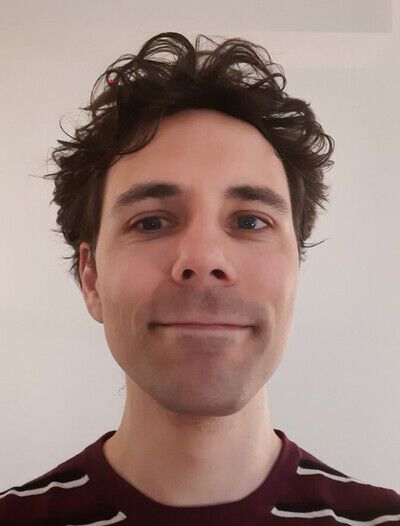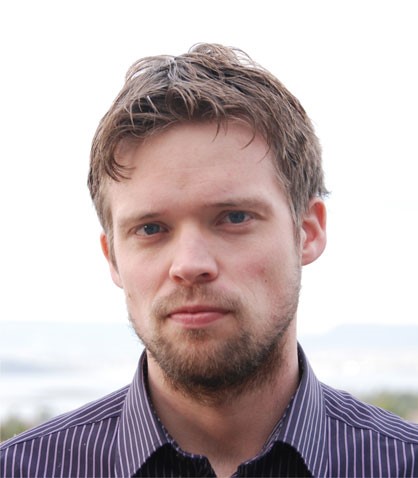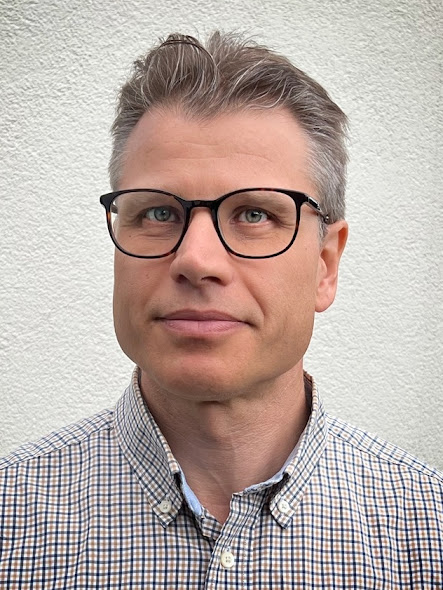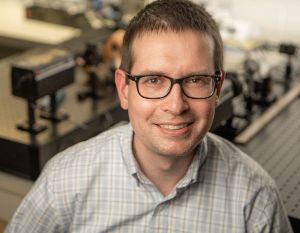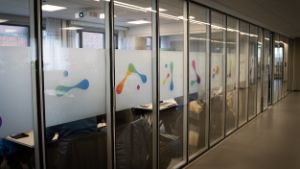2022
Previous
This ODD seminar is a continuation of the previous discussion on computational literacy. For those of you who did not read out previous abstract:
Within the past decade, computation has become increasingly prevalent in school standards and curriculum across the world. One framework, computational thinking, has arisen as the dominent framework in educational settings.
Physics education at university level aims to equip students with the necessary skills to take diverse careers paths successfully and adapt to demands of a 21st century society rapidly and effectively. We consider that this can only be achieved by incorporating research-based education innovations that have equity, diversity and inclusion at their heart. In this talk I will present a design of interactive lectures that contribute to a more equitable, diverse and inclusive classroom environment. This goes hand in hand with the design of alternative assessments such as collaborative exams.
Collaborative exams not only can measure the previously gained learning, but also can be an optimal opportunity to produce new learning while reducing exam anxiety. We developed an inclusive approach for collaborative exams adjusting the design to the individual learning requirements of the students. In addition, we encouraged students to become active participants in the exam format by incorporating student-generated content.
In BIOS1100 we noticed that many of the errors students make are abstraction errors (not working at the correct abstraction level or translating incorrectly between levels of abstraction), and there seems to be some evidence of this in the research literature as well.
One way to approach this as an instructor (experts often unconsciously work on several levels of abstraction simultaneously) is to be explicit about which abstraction level we’re working at and when we make a switch – not only to further students’ understanding of the subject matter, but also to teach abstraction as a concept.
Geir Kjetil Sandve:
To teach introductory programming, one of the first choices one will face is which programming language to use. What criteria to use as a basis for this choice is however not obvious. I will briefly present some characteristics of the languages Java, Python and R that in my opinion influences their suitability for learning programming. This will be followed by an open discussion phase, where I hope that those attending would chime in with their experiences with learning or teaching programming to people from different backgrounds.
Heather J. Lewandowski:
Quantum sensing, quantum networking and communication, and quantum computing have attracted significant attention recently, as these quantum technologies could offer significant advantages over existing technologies.
In order to accelerate the commercialization of these quantum technologies, the workforce must be equipped with the necessary knowledge and skills.
Through a study of the quantum industry, in a series of interviews with 21 U.S. companies carried out in Fall 2019 and from a survey administered to 57 companies through the Quantum Economic Development Consortium (QED-C) in Fall 2020, we describe the types of activities being carried out in the quantum industry, profile the types of jobs that exist, and describe the skills valued across the quantum industry, as well as in each type of job
Presentation (pdf)
Within the past decade, computation has become increasingly prevalent in school standards and curriculum across the world. One framework, computational thinking, has arisen as the dominent framework in educational settings.
However, computational thinking is a difficult concept to operationalize and has many different, conflicting definitions.
Another conceptualization of how students learn computation, computational literacy, presents a more straightforward definition. Computational literacy breaks computational skills into three pillars: material (programming-related), cognitive (translating between material and programming aspects), and social (communicating around computation and results).
First, we will present an introduction to the computational literacy framework. We will then have a discussion around computational literacy, its tranlsation to different fields, its affordances and constraints, and its potential uses in research and teaching settings.
Hannah Sabo and Fridjof Gjengset
The TEAM-program is an educational intervention to provide team training for first-year medical and other healthcare students. The aim of the program is two-fold:
(1) To build trust and team skills among the students in order to develop an inclusive and collaborative learning environment.
(2) To prepare the students for their future roles as leaders, communicators and collaborators in an increasingly more complex healthcare system.
The core element is a two-day team seminar, inspired by the Program Seminars at the MN-Faculty, UiO, and the Learning-Team Retreat, at Perelman School of Medicine, UPenn.
The program is based on a step-wise, research-based model for building well-functioning teams, where each step is implemented through specific activities.
The development and execution of the program is facilitated by near-peer mentors, who follow their designated learning teams through the first year. The educational intervention is systematically evaluated and involves several research projects. Here I will present the program, share what we have learned so far and discuss future developments.
The physics laboratory is a complex environment where students encounter the messiness of the real world, use scientific equipment, execute experimental procedures, make predictions using mathematical and computational models, and more. Despite their potential value, the lab experience can be negative or not effective, especially if the goals and outcomes are not well aligned.
This presentation uses Activity Theory (AT) to make sense of three very different laboratory environments: the “traditional lab”, RealTime Physics (a focus on conceptual learning), and Thinking Critically in Physics Labs (a focus on scientific abilities).
The presentation may be interesting to anyone who is developing or studying laboratory instruction in the sciences.
The time-honored conventional lecture (“teaching by telling”) has been shown to be an ineffective mode of instruction for science classes. To enhance critical thinking skills and develop problem-solving abilities, collaborative group-learning environments have proven to be far more effective.
In this talk I report on my experiences in teaching programming for humanities students. I have taught this in a variety of ways, as a course for PhD and MA students in linguistics specifically, as a BA-level course in the honours program and as a general BA course for humanities students. The two latter courses were developed in collaboration with CCSE. I will try to say something about why programming is difficult for humanitites students, how it can be made easier and more relevant, and what worked and didn't work in our latest incarnation of the course.
Our world is increasingly computational. In the fields of science, mathematics, engineering, and technology the effects of this shift are well established and ongoing. But what does this mean for other fields, like the arts, humanities, the trades, or agriculture? I will kick off this session by presenting a few ideas and observations on the importance of expanding our notion of computational literacy outside of purely scientific and technical fields, based on my experiences growing up in a farming community and my family network of farmers. Then, we will shift gears to a discussion of what this lens of computational literacy might mean for a general pre-college education and how we can provide a computational education to students outside of traditionally technical fields.
Programming is a useful tool in several disciplines, but teaching programming in a disciplinary context can be quite different than teaching programming for computer scientists. How can we motivate students with different backgrounds to make sure that programming is perceived as relevant? And how does this affect what the students learn? We will talk about how we can teach programming for biologists, chemists, teachers and high school students, and what this teaching implies.
An obvious purpose of computer code is that it gives some desired results when executed on a computer. This is often the overarching focus in programming education, especially outside informatics programs. However, it is in most cases also desirable that code is easily readable and modifiable to humans - this e.g. makes it easier to eradicate bugs or to modify/extend code for new purposes. Many programmers in industry and science are thus arguing for improved programming practices, where the focus is not just on solving one given problem at a time, but on writing code that can be reused and extended to increase productivity in the long run. What is often not explicitly factored into such argumentation, however, is that both learning and applying good programming practices requires effort. This raises two core questions: what level of code quality is typically most pragmatic to aim for in science settings, and how valuable is it to spend course time on learning to improve code quality?
We have encouraged students to develop their own physics problems, explore them and report on their results in the form of a computational essay in the course in elementary electromagnetism (Fys1120) from 2018 to 2021. In parallel we have developed new learning material and supporting exercises to provide students with sufficient skills and knowledge to succeed with an essay project. In 2021 the computational essay project was used as an extended home exam counting 50% towards the final grade.
In this talk, I will discuss experiences and reflections on the use of computational essays and how we plan to develop this activity in the coming years.


